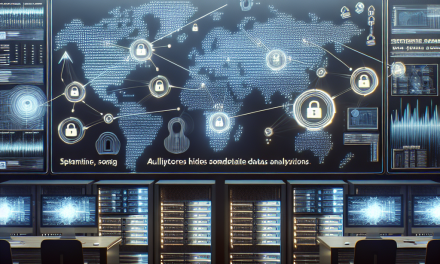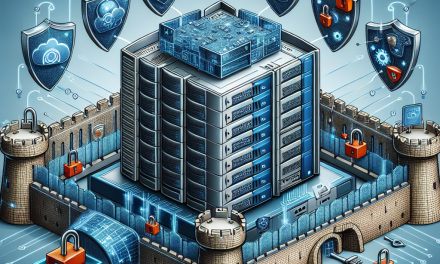In today’s digital landscape, securing your Windows Server environment is paramount. Whether your server is used for hosting applications, managing files, or providing services to end-users, safeguarding it against threats is crucial for maintaining data integrity and organizational continuity. This article outlines best practices for securing your Windows Server environments, ensuring optimal protection against cyber threats.
1. Keep Your Server Updated
Regular Updates
Ensure that Windows Server and all installed applications are regularly updated. Enable automatic updates if possible, but also periodically check for any out-of-band releases that might address critical vulnerabilities.
Patch Management
Implement a patch management strategy to test and deploy security updates in a timely manner. Use tools like Windows Server Update Services (WSUS) to facilitate this process.
2. Use Strong Authentication
Implement Multi-Factor Authentication (MFA)
Enable MFA for all remote access to your Windows Server. This adds an extra layer of security by requiring more than just a password for user authentication.
Strong Password Policies
Enforce a strong password policy that requires a mix of uppercase, lowercase, numbers, and special characters. Require regular password changes and educate users about the importance of avoiding easily guessable passwords.
3. Configure Firewalls
Windows Firewall
Utilize the built-in Windows Firewall to monitor and control incoming and outgoing traffic. Ensure that only necessary ports are open and configure rules to restrict access to your server.
Network Segmentation
Implement network segmentation to separate critical servers from other network resources. This limits the impact of a potential breach by restricting lateral movement within the network.
4. Role-Based Access Control (RBAC)
Principle of Least Privilege
Utilize role-based access control to grant users only the permissions necessary to perform their job functions. Regularly audit user permissions and adjust them as roles and responsibilities change.
Administrative Accounts
Limit the use of administrative accounts for day-to-day tasks. Create separate accounts for administrative functions and require least privilege access for regular users.
5. Secure Remote Access
Use Remote Desktop Protocol (RDP) Wisely
If using RDP, configure it to use the Network Level Authentication (NLA). Additionally, consider changing the default RDP port to obscure the service from potential attackers.
VPN Utilization
Require the use of a Virtual Private Network (VPN) for remote connections to further secure data transmission and provide encryption.
6. Configure Security Features
Windows Defender Antivirus
Utilize Windows Defender Antivirus or a similar security solution to provide continuous protection against malware. Regularly update the antivirus definitions and perform periodic full system scans.
BitLocker Drive Encryption
Enable BitLocker on server drives to protect sensitive data at rest. This prevents unauthorized access to information even if the physical disks are compromised.
7. Regular Backups
Backup Policies
Implement a robust backup strategy including regular file backups, system state backups, and disk image backups. Schedule backups to run automatically and verify that backups are reliable and restorable.
Offsite Storage
Store backups offsite or use cloud storage solutions to ensure that data can be recovered in case of a disaster, data breach, or ransomware attack.
8. Monitor and Audit
Enable Auditing
Configure audit logs to monitor access and changes on your Windows Server. This provides a trail that can help identify malicious activity or unauthorized changes.
Use Security Information and Event Management (SIEM)
Utilize SIEM tools to collect, analyze, and correlate logs from various sources for real-time threat detection and response.
9. Educate Your Staff
Training Programs
Provide regular training sessions for staff on cybersecurity best practices, including recognizing phishing attempts, social engineering tactics, and the importance of adhering to security protocols.
Awareness Campaigns
Implement awareness campaigns to keep security at the forefront of employees’ minds. Encourage a culture of security where everyone feels responsible for protecting sensitive information.
Conclusion
Securing Windows Server environments requires a multi-faceted approach that includes proactive measures, vigilant monitoring, and user awareness. By implementing the best practices outlined in this article, organizations can significantly reduce their attack surface and enhance their overall security posture. Regularly review and update your security policies to adapt to new threats and ensure that your server environment remains resilient against potential attacks.
For more detailed information on securing your Windows Server environment, feel free to explore our other blog posts or reach out to the WafaTech team for personalized guidance.





